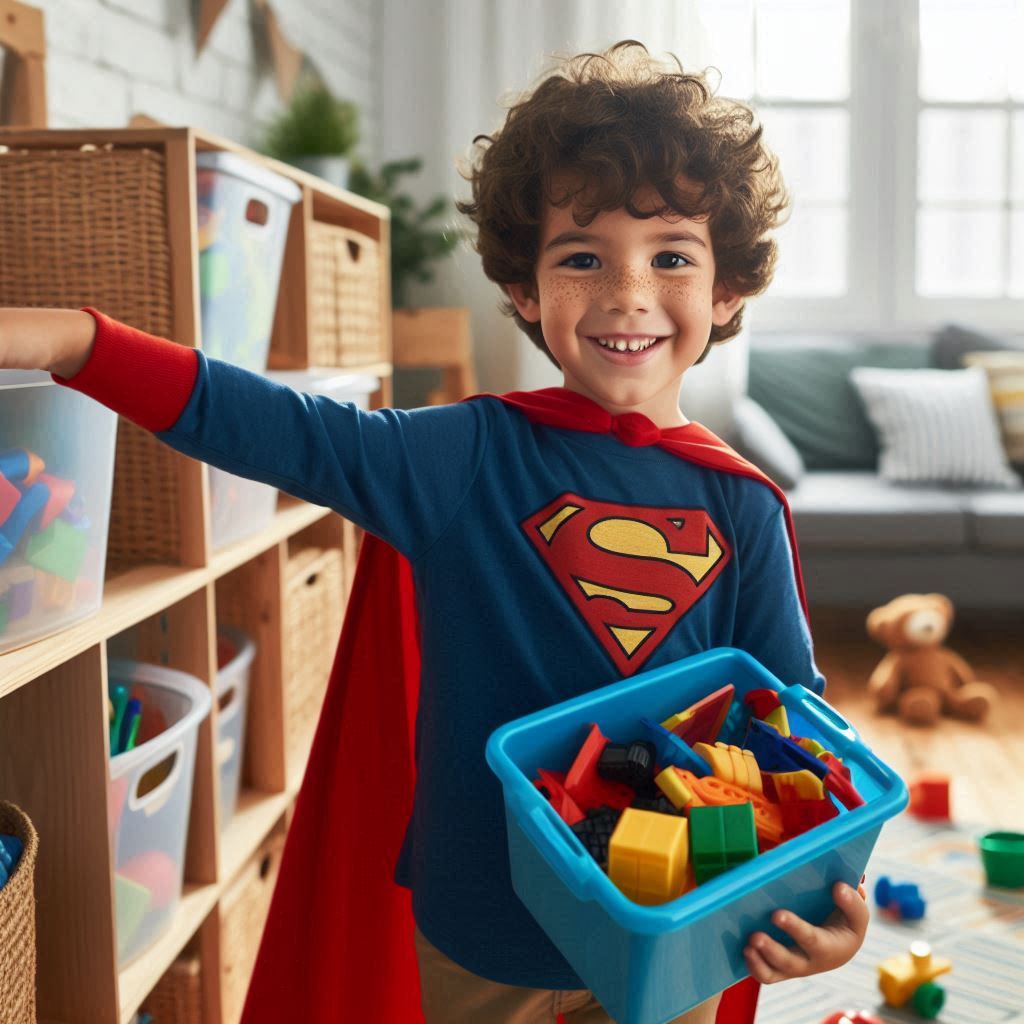The Power of Routine: How Consistency Improves Behavior in Kids
Creating routines for children can have profound benefits for their behavior, emotional well-being, and sense of security. Routines provide structure and predictability, which are essential for helping kids feel safe, reducing anxiety, and promoting positive behavior. Here’s why routines matter and some practical ideas to incorporate them into your family life.
1. The Benefits of Routine for Kids
Predictability and Security Children thrive in environments where they know what to expect. When daily activities follow a regular pattern, children feel more secure and in control, which can help reduce stress. For young children, who may not fully understand the passage of time, predictable routines act as helpful signals about what’s coming next.
Reduced Anxiety and Better Emotional Regulation Knowing what’s coming next helps children stay calm and focused. Predictable routines reduce uncertainty, which can be especially helpful during transitions (like leaving for school or winding down at bedtime). Consistent routines can make these transitions smoother, minimizing resistance and outbursts.
Improved Behavior With routines in place, children are less likely to act out because they know what’s expected of them. For example, a consistent bedtime routine can signal that it’s time to start winding down, reducing bedtime resistance and encouraging a peaceful transition to sleep.
2. Establishing Routines at Home
Implementing routines doesn’t have to mean a rigid schedule. Small, consistent habits can be enough to give children a sense of order and stability. Here are some key routines to consider:
Morning Routine A structured morning routine helps the family start the day smoothly. Involve kids in planning their morning tasks, like brushing teeth, getting dressed, and eating breakfast. Having a checklist for these tasks can help children feel a sense of responsibility.
Meal and Snack Times Consistent meal and snack times give kids the security of knowing when they’ll eat, reducing the likelihood of hunger-induced crankiness. Establishing these times also gives kids the chance to listen to their hunger cues, as they know food will be available at regular intervals.
Homework or Reading Time Setting aside a specific time each day for homework or reading helps create a focused space for learning. This routine not only encourages good study habits but also lets children wind down after school, giving them time to process the day’s experiences.
Family Time A regular family activity—like a nightly game, walk, or discussion over dinner—gives everyone something to look forward to and strengthens family bonds. These moments build trust and provide an opportunity for children to share their thoughts and feelings.
Bedtime Routine A consistent bedtime routine can help children transition from the day to nighttime more smoothly. Steps like putting on pajamas, brushing teeth, reading a story, and saying goodnight can act as cues for winding down. Sleep routines help ensure kids get enough rest, which is essential for mood regulation and overall well-being.
3. How to Introduce New Routines
When introducing new routines, start small and involve your children in the process. This can help them feel more motivated to stick with the routine:
- Start with One or Two Changes: Avoid overwhelming your child by implementing too many changes at once. Begin with the most needed routine, and once it’s established, add others gradually.
- Explain the Benefits: Talk to your child about why routines are helpful. Explain that routines make the day easier and can make activities like bedtime or homework more enjoyable.
- Use Visual Aids: For younger kids, visual reminders like charts, checklists, or timers can be helpful. You might create a morning checklist with pictures of each task or use a timer for certain activities to help them transition smoothly.
- Be Patient and Consistent: It can take time for a routine to become habit. Expect some resistance in the beginning, and remind your child that routines will eventually become a natural part of their day.
4. Flexible Routines and Adaptability
Routines should provide structure, but they don’t need to be rigid. Life is full of surprises, so it’s important to leave some room for flexibility. For example, you might decide to have “quiet time” at the same time each evening, but allow flexibility in the activity chosen, like reading, drawing, or simply relaxing.
Teaching children to adapt within a routine—like occasionally having a different breakfast or doing homework in a new spot—can also be a valuable lesson. It helps them understand that routines are there to support, not restrict, them.
Conclusion: The Lasting Impact of Consistent Routines
Routines not only make daily life easier but also build a foundation for emotional and behavioral stability in children. By fostering predictability, reducing anxiety, and improving behavior, routines can be an invaluable tool for parents and children alike. The key is to be consistent yet flexible, allowing routines to become a supportive backdrop to family life. With time, these habits will help children grow into confident, secure individuals who can navigate life’s challenges with a steady sense of calm and resilience.




Yeah, a Consistent routine is very essential